Ensuring the safe transportation of cargo is paramount in the logistics and transportation industry. At CarMax Vehicle, we understand that the integrity of your cargo directly impacts your business’s reputation and profitability. This comprehensive guide delves into the intricacies of securing cargo on flatbed trailers, providing you with the knowledge and tools necessary to optimize safety, compliance, and efficiency.
The Critical Importance of Securing Cargo
Properly securing cargo on a flatbed trailer is not merely a best practice; it’s a legal requirement and a fundamental aspect of operational safety. Inadequate securing can lead to cargo displacement, accidents, and significant financial losses. By mastering the techniques of cargo securing, businesses can mitigate risks, ensure regulatory compliance, and maintain the integrity of goods throughout transit.
Key Risks of Improperly Secured Cargo
- Accidents and Injuries: Shifting cargo can cause trailer instability, leading to accidents that endanger drivers and other road users.
- Cargo Damage: Movement during transit can result in damage to goods, leading to financial losses and customer dissatisfaction.
- Legal Consequences: Non-compliance with transportation regulations can result in fines, penalties, and potential legal action.
- Increased Operational Costs: Accidents and cargo damage often result in increased insurance premiums and repair costs.
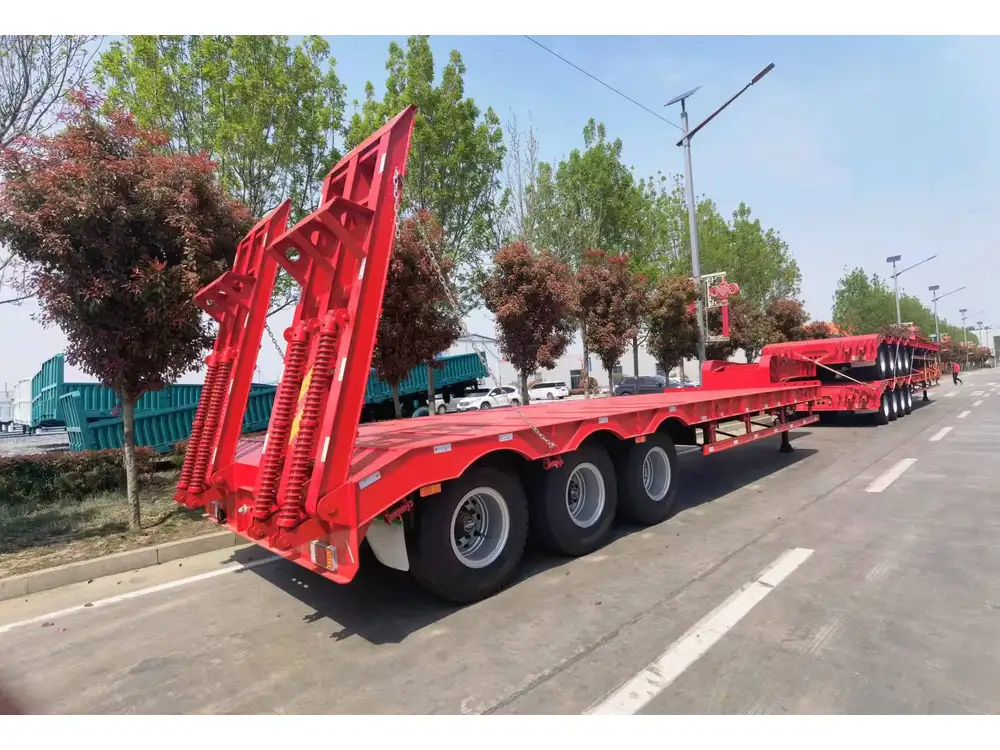
Understanding Flatbed Trailers and Their Unique Challenges
Flatbed trailers are versatile and widely used for transporting a variety of goods, from construction materials to oversized machinery. However, their open design presents unique challenges in cargo securing, requiring specific strategies to ensure safety and compliance.
Types of Cargo Commonly Transported
| Cargo Type | Securing Challenges |
|---|---|
| Construction Materials | Heavy weights and bulky sizes |
| Machinery and Equipment | Irregular shapes and precision securing needed |
| Palletized Goods | Uniform sizes but potential for shifting |
| Oversized or Irregular Loads | Complex securing mechanisms required |
| Perishable Goods | Time-sensitive transportation demands |
Best Practices for Securing Cargo on Flatbed Trailers
Implementing best practices is essential for effective cargo securing. These practices encompass preparation, choosing the right securing methods, and continuous monitoring throughout transportation.
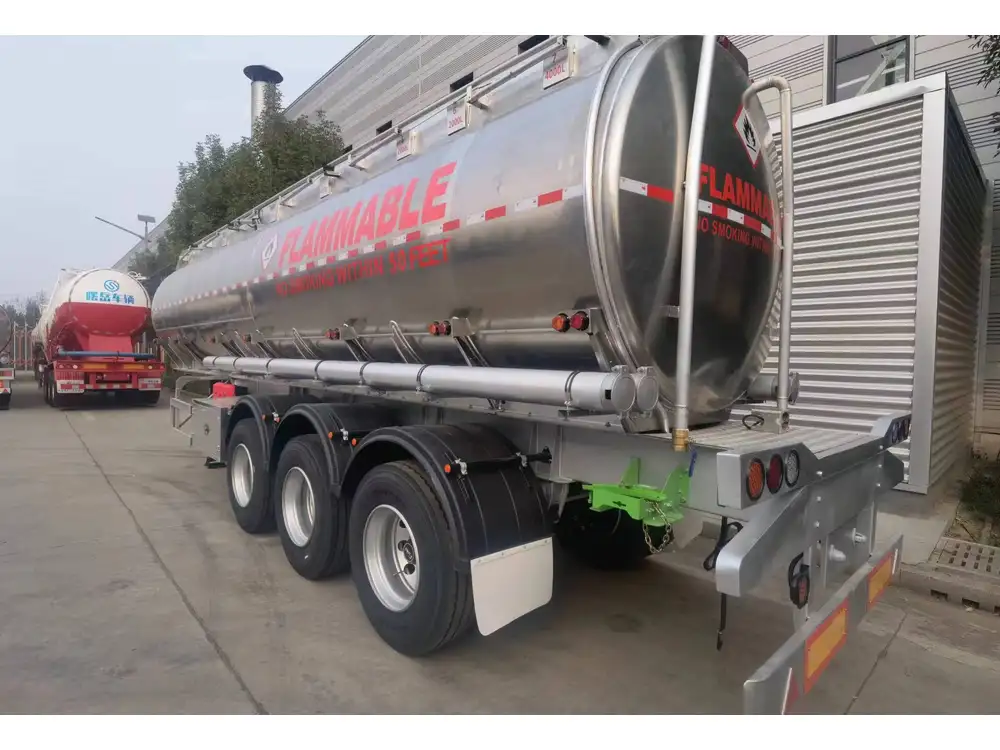
1. Thorough Inspection and Preparation
Before loading, inspect both the trailer and cargo. Ensure the trailer is clean, dry, and free from debris that could compromise the securing process. Assess the weight distribution of the cargo to maintain trailer balance.
2. Proper Load Distribution
Even weight distribution enhances trailer stability. Distribute heavy items evenly across the trailer to prevent excessive strain on any single point, which could lead to shifting during transit.
3. Selection of Appropriate Securing Equipment
Choosing the right equipment is crucial. Common securing tools include:
- Ropes and Straps: Versatile and adjustable, suitable for various cargo types.
- Chains and Binders: Ideal for heavy or oversized loads requiring maximum tension.
- Tarps and Covers: Protect cargo from environmental elements while maintaining securing integrity.
- Anchor Points: Ensure anchors are rated for the load and properly installed on the trailer.

4. Utilizing Anchor Points Effectively
Anchor points must be strategically placed to secure cargo effectively. Ensure that straps or chains are anchored to multiple points to prevent lateral movement and provide balanced tension across the load.
5. Applying the Right Securing Techniques
Different securing techniques cater to different cargo types:
- Over-the-Top Method: Ideal for securing long or bulky items by looping straps over the cargo and fastening them underneath.
- Cross-Strapping: Provides additional stability by creating a crisscross pattern over the cargo.
- Loading Blocks and Dunnage: Prevents cargo from shifting by filling gaps and providing support.
6. Regular Monitoring During Transit
Continuous monitoring ensures that securing methods remain effective. Drivers should periodically check straps and chains, especially after long stretches of driving or in adverse weather conditions.

Essential Equipment and Tools for Effective Cargo Securing
Investing in high-quality securing equipment is vital for ensuring the safety and integrity of transported goods. CarMax Vehicle offers a range of top-tier securing solutions designed to meet diverse transportation needs.
Securing Equipment Overview
| Equipment Type | Purpose | Benefits |
|---|---|---|
| Ratchet Straps | Tighten and secure cargo firmly in place | High tension, easy to use |
| Load Binders | Secure heavy loads with chains and binders | Durable, suited for heavy-duty applications |
| Tie-Down Straps | Versatile securing of various cargo shapes and sizes | Adjustable, multiple lengths available |
| Cargo Nets | Wrap around cargo for added security | Flexible, protects against shifting |
| Anchor Points | Provide fixed points for securing equipment | Enhances overall securing stability |
Common Mistakes in Cargo Securing and How to Avoid Them
Even with the best equipment, improper techniques can undermine cargo securing efforts. Recognizing and avoiding common mistakes is essential for achieving optimal results.

1. Insufficient Tension on Straps
Locks should be taut to prevent cargo movement. Loose straps can lead to shifting, compromising trailer stability.
2. Inadequate Anchor Point Utilization
Failing to use multiple anchor points results in uneven tension distribution, increasing the risk of cargo displacement.
3. Overloading the Trailer
Exceeding weight limits can strain securing equipment and reduce trailer handling, making accidents more likely.
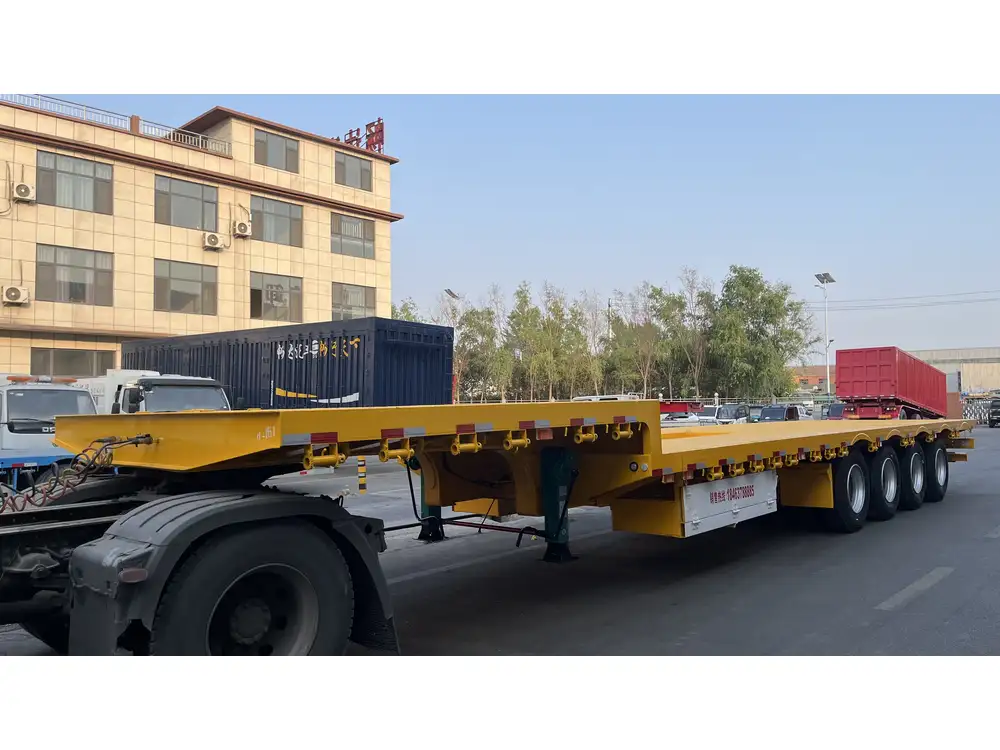
4. Ignoring Environmental Factors
Weather conditions such as rain, wind, or extreme temperatures can affect securing effectiveness. Adjust securing methods accordingly to maintain safety.
5. Neglecting Regular Equipment Inspection
Regularly inspect straps, chains, and anchors for wear and tear. Damaged equipment should be replaced immediately to prevent failures.
Compliance with Transportation Regulations
Adhering to federal and state transportation regulations ensures legal compliance and enhances cargo securing practices. Understanding these regulations is crucial for avoiding penalties and ensuring safe transport.

Key Regulatory Standards
- Federal Motor Carrier Safety Administration (FMCSA): Sets standards for cargo securing, including minimum tie-down requirements.
- Department of Transportation (DOT): Establishes guidelines on weight distribution, securing equipment specifications, and inspection protocols.
- International Maritime Dangerous Goods (IMDG) Code: Applicable for hazardous materials transport, outlining specific securing and labeling requirements.
CarMax Vehicle’s Compliance Assurance
At CarMax Vehicle, we prioritize regulatory compliance by integrating the latest standards into our securing solutions. Our team ensures that all products meet or exceed FMCSA and DOT requirements, providing peace of mind for your transportation operations.
Leveraging CarMax Trailer Solutions for Superior Cargo Securing
CarMax Vehicle offers innovative trailer solutions designed to enhance cargo securing efficiency and safety. Our trailers are engineered with integrated anchor points, high-strength materials, and customizable features to accommodate diverse transportation needs.

Features of CarMax Trailer Securing Systems
- Integrated Anchor Points: Strategically placed for optimal securing flexibility.
- High-Strength Materials: Ensure durability and reliability under heavy loads.
- Modular Designs: Allow customization to suit specific cargo types and securing requirements.
- Enhanced Stability Features: Minimize trailer sway and improve handling during transit.
Benefits of Choosing CarMax Trailer Solutions
- Increased Safety: Superior securing mechanisms reduce the risk of cargo displacement and accidents.
- Regulatory Compliance: Built-in features ensure adherence to transportation standards.
- Operational Efficiency: Streamlined securing processes save time and reduce labor costs.
- Cost-Effective Durability: Long-lasting materials minimize maintenance and replacement expenses.
Practical Steps for Securing Cargo on Flatbed Trailers
Implementing a systematic approach to cargo securing ensures consistency and reliability. Follow these practical steps to master the art of securing cargo effectively.
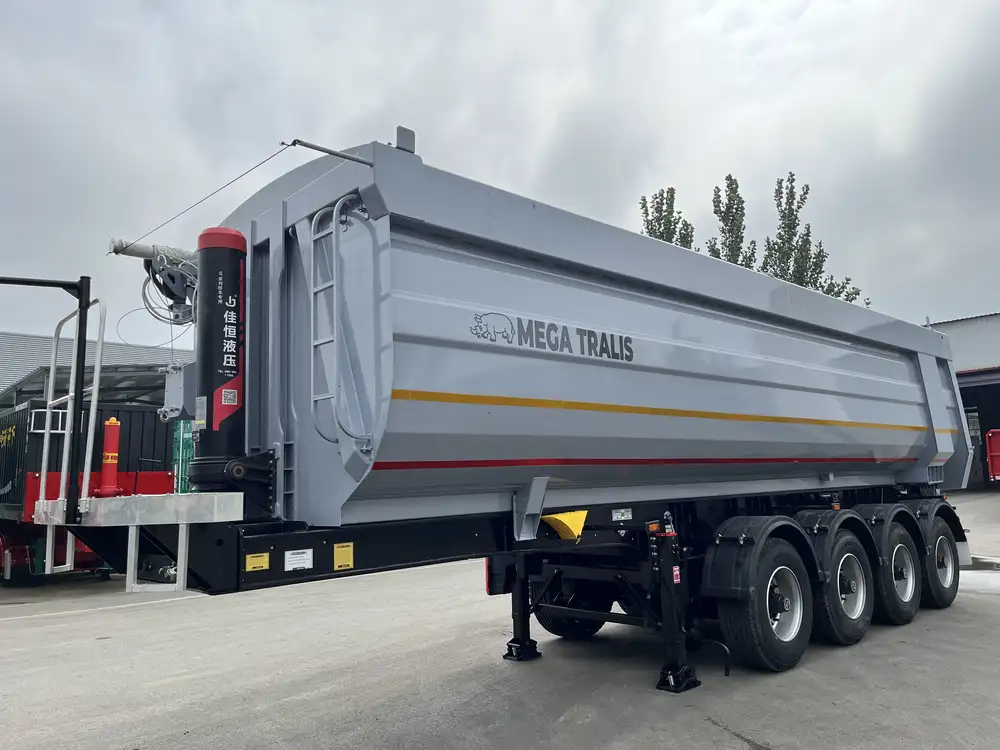
Step 1: Plan Your Load
- Assess Cargo Dimensions and Weight: Understand the size, weight, and type of cargo to determine appropriate securing methods.
- Determine Cargo Placement: Position the heaviest items near the trailer’s axle to maintain balance.
- Identify Anchor Points: Locate and utilize available anchor points for securing straps and chains.
Step 2: Prepare the Trailer and Cargo
- Clean the Trailer Surface: Remove any debris that could interfere with securing equipment.
- Inspect Securing Equipment: Ensure all straps, chains, and anchors are in good condition.
- Use Protective Materials: Apply rubber mats or padding to prevent cargo damage and enhance securing grip.
Step 3: Secure the Cargo
- Apply Straps or Chains: Use appropriate securing devices, ensuring they are tightly fastened to anchor points.
- Cross-Check Tensions: Verify that all straps and chains have equal tension to prevent uneven cargo movement.
- Utilize Additional Supports: Incorporate blocks, braces, or dunnage to fill gaps and stabilize the load.
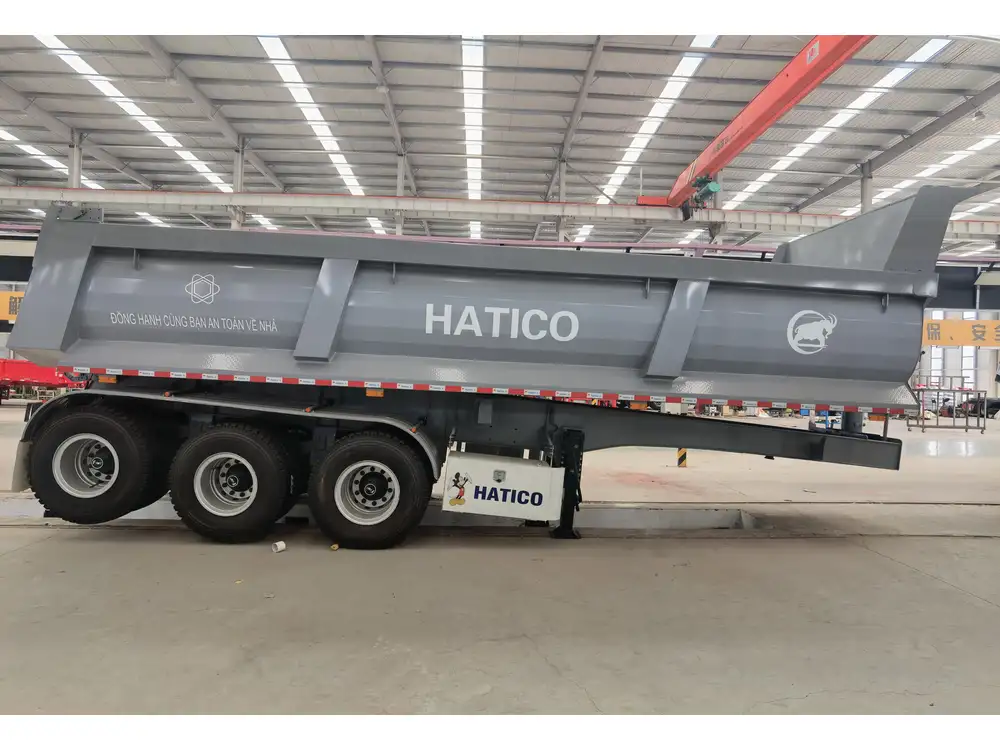
Step 4: Final Inspection
- Double-Check All Secures: Ensure all securing devices are properly tightened and locked.
- Verify Load Stability: Test the load’s movement by gently rocking it to confirm it is firmly secured.
- Document Securing Process: Maintain records of securing methods and equipment used for compliance and accountability.
Step 5: Monitor During Transit
- Regularly Inspect Secures: Periodically check straps and chains, especially after long drives or sudden stops.
- Adjust as Necessary: Re-tighten or replace securing devices if any signs of loosening or wear are detected.
Advanced Techniques for Specialized Cargo
Certain cargo types require specialized securing techniques to ensure maximum safety and integrity during transport.
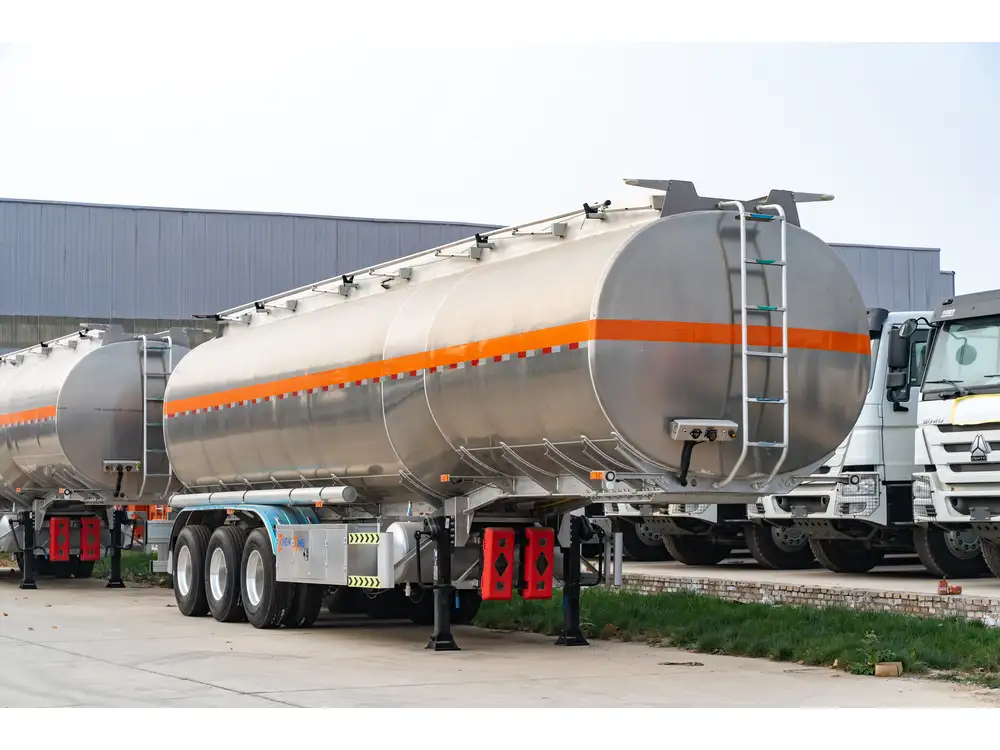
Oversized and Irregular Loads
- Extended Securing Systems: Use additional straps and chains to accommodate larger dimensions.
- Custom Bracing: Implement tailored bracing solutions to support unique cargo shapes.
- Enhanced Stability Measures: Incorporate stabilizing equipment such as jacks or supports to prevent tipping.
Hazardous Materials
- Segregated Securing Zones: Separate hazardous materials from other cargo to prevent interactions.
- Enhanced Labeling and Marking: Clearly identify hazardous items to ensure proper handling and securing.
- Compliance with IMDG Code: Follow specific securing and packaging guidelines for safe transportation.
Perishable Goods
- Temperature-Controlled Securing: Use securing methods that accommodate cooling or heating systems.
- Quick-Release Mechanisms: Implement securing devices that allow for rapid unloading in time-sensitive scenarios.
- Protective Coverings: Utilize tarps or covers to shield perishable goods from environmental factors.
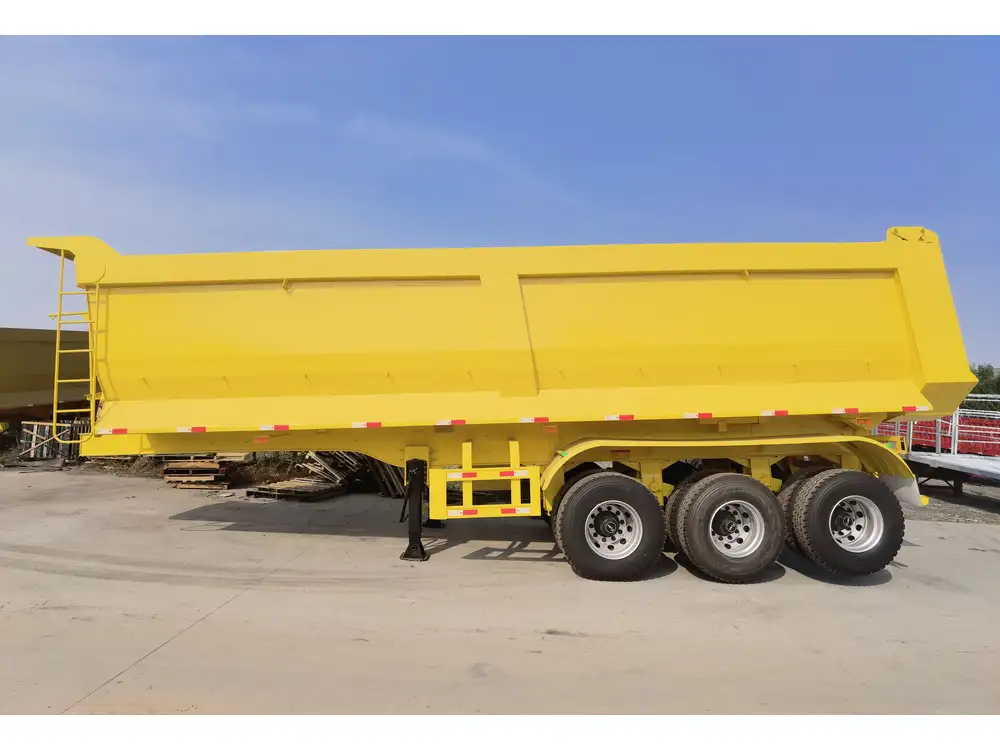
Embracing Technology for Enhanced Securing Solutions
Advancements in technology offer new opportunities to optimize cargo securing practices. Integrating smart technologies can enhance monitoring, efficiency, and overall safety.
Smart Securing Systems
- Sensor-Integrated Straps: Monitor tension levels in real-time and alert drivers to any discrepancies.
- Automated Tensioning Devices: Automatically adjust strap tensions to maintain optimal securing throughout transit.
- GPS and Telemetry Integration: Track cargo movement and securing status remotely for proactive management.
Benefits of Technological Integration
- Improved Safety: Real-time monitoring reduces the likelihood of accidental cargo shifts.
- Operational Efficiency: Automated systems save time and reduce the need for manual adjustments.
- Data-Driven Insights: Collecting data on securing practices facilitates continuous improvement and compliance tracking.

Training and Education for Effective Cargo Securing
Investing in training ensures that drivers and logistics personnel are proficient in cargo securing techniques and aware of regulatory requirements.
Comprehensive Training Programs
- Securing Techniques Workshops: Hands-on sessions demonstrating various securing methods and best practices.
- Regulatory Compliance Training: Educate staff on federal and state transportation regulations relevant to cargo securing.
- Safety Protocols: Emphasize the importance of securing cargo to prevent accidents and injuries.
Continuous Education and Assessment
- Regular Refresher Courses: Keep staff updated on the latest securing techniques and regulatory changes.
- Performance Assessments: Evaluate securing practices to identify areas for improvement and ensure adherence to standards.
- Feedback Mechanisms: Encourage staff to provide input on securing processes and equipment for ongoing optimization.

The Future of Cargo Securing on Flatbed Trailers
The transportation industry is continuously evolving, with innovations driving the future of cargo securing. Embracing these advancements ensures that businesses remain competitive and maintain high safety standards.
Emerging Trends
- Automation and Robotics: Automated loading and securing systems enhance efficiency and reduce human error.
- Sustainable Materials: Development of eco-friendly securing equipment minimizes environmental impact.
- Enhanced Data Analytics: Leveraging big data to optimize securing practices and predict potential issues before they arise.
Preparing for Changes
Staying informed about industry trends and investing in emerging technologies will position businesses to adapt seamlessly to future demands. Collaborating with industry leaders like CarMax Vehicle ensures access to cutting-edge securing solutions and expert guidance.
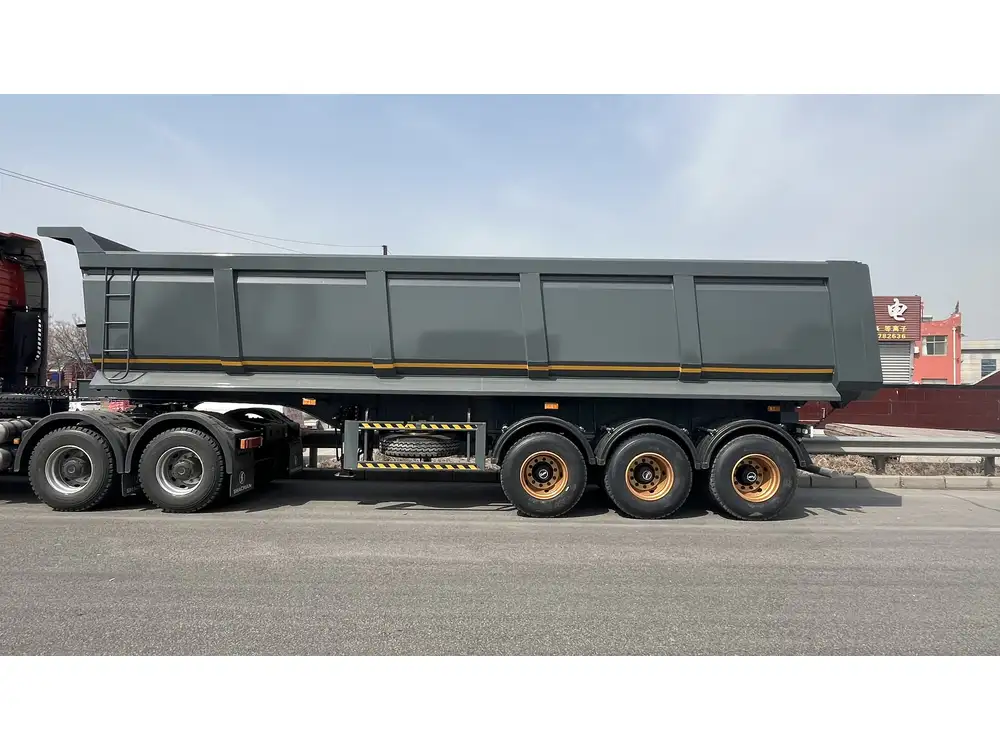
Conclusion
Securing cargo on flatbed trailers is a multifaceted process that demands attention to detail, adherence to best practices, and continuous improvement. At CarMax Vehicle, we are committed to providing the highest quality securing solutions, backed by expertise and a deep understanding of the transportation industry’s needs. By implementing the strategies outlined in this guide, businesses can enhance safety, ensure compliance, and achieve operational excellence in their cargo transportation endeavors.
Frequently Asked Questions (FAQs)
1. What Are the Most Common Types of Securing Equipment for Flatbed Trailers?
The most common types of securing equipment include ratchet straps, load binders, tie-down straps, cargo nets, and chains. Each type serves specific purposes depending on the cargo’s weight, size, and shape.

2. How Often Should I Inspect Securing Equipment During a Trip?
It’s recommended to inspect securing equipment at regular intervals, such as every 50 miles, or after encountering rough roads, sudden stops, or adverse weather conditions. Continuous monitoring ensures that all straps and chains remain tight and effective.
3. What Are the Legal Requirements for Securing Cargo on Flatbed Trailers?
Legal requirements vary by region but generally include adhering to FMCSA and DOT regulations, which mandate the use of appropriate securing devices, proper load distribution, and regular inspections. Ensuring compliance helps avoid fines and enhances safety.
4. Can I Use Alternative Materials for Securing Cargo if Traditional Straps and Chains Fail?
While alternative materials may be available, it’s crucial to use equipment that meets industry standards and is rated for the specific load. Using non-standard materials can compromise securing effectiveness and may violate regulatory requirements.
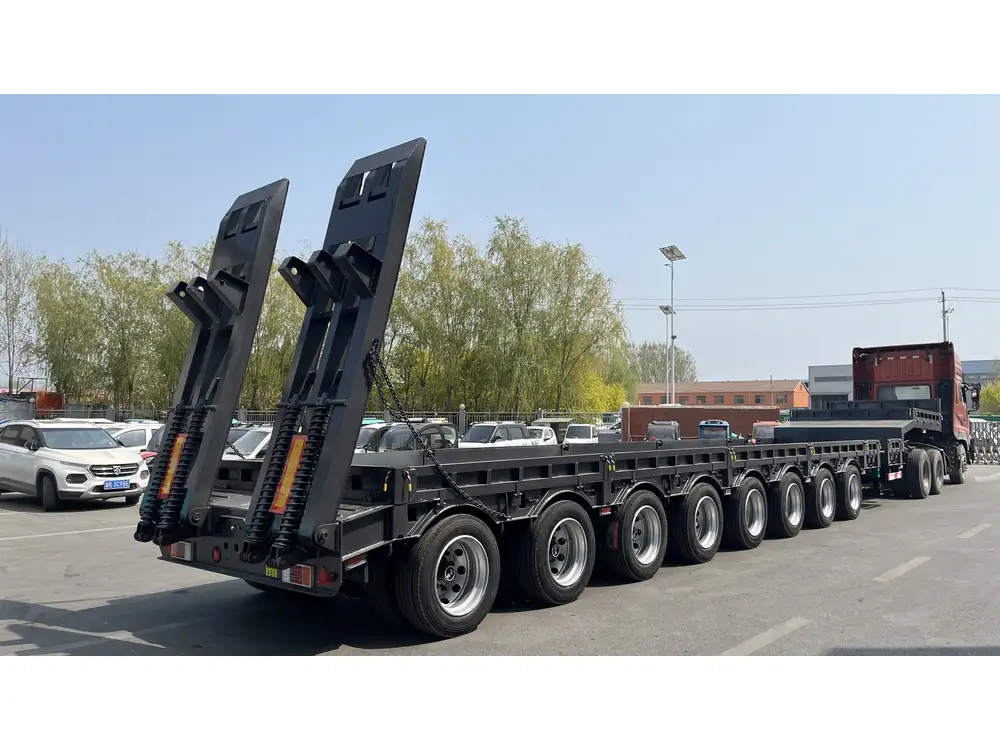
5. How Can Technology Improve Cargo Securing Practices?
Technology can enhance cargo securing through smart systems that monitor tension in real-time, automated tensioning devices that maintain optimal strap tension, and data analytics that provide insights into securing performance and areas for improvement.



